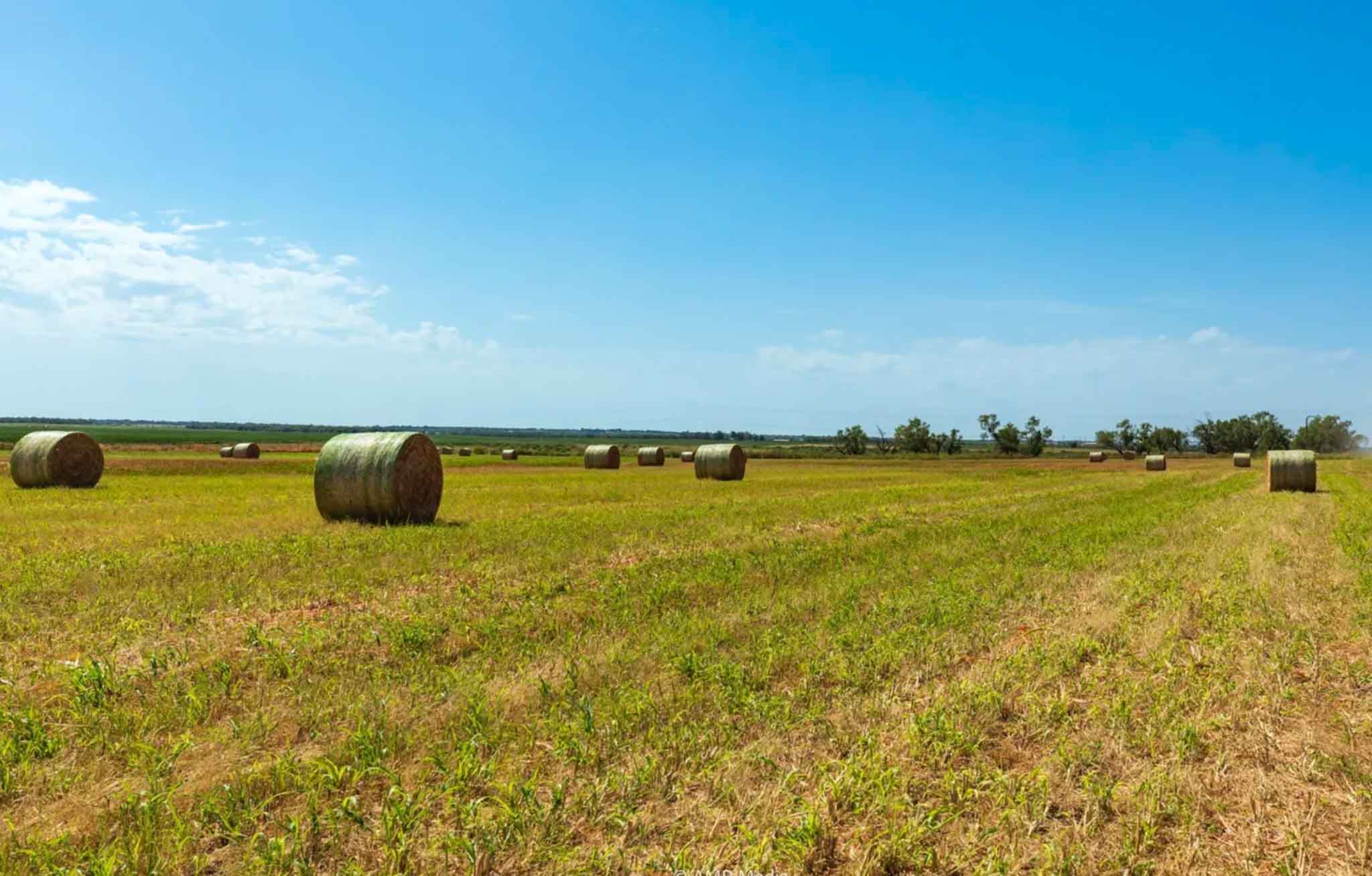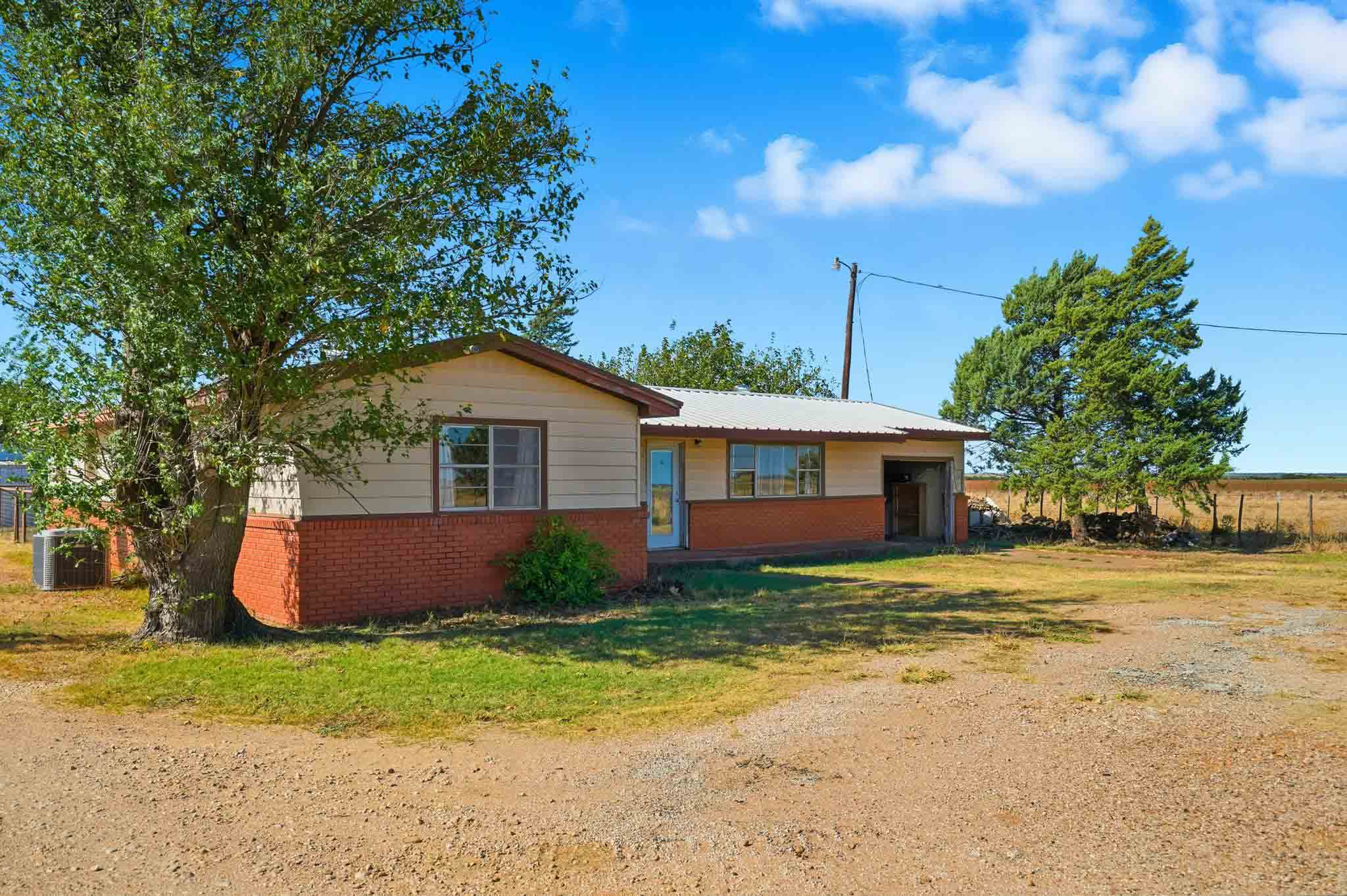January 31°F
July 97°F
Jones County sits in the rolling plains of central Texas, forming part of the larger Abilene metropolitan region. With broad horizons of grass-covered terrain and a semi-arid climate, the county offers a sense of wide-open space and rural character. Its economy has long been tied to ranching, farming and the natural resources of the region, while communities like Anson and Stamford anchor local governance, commerce and culture.
AREA HISTORY
The land that became Jones County was originally inhabited by nomadic Indigenous groups including the Comanche, Kiowa and Tonkawa, while Caddos and Delawares camped along the Clear Fork of the Brazos River. A frontier fort, Fort Phantom Hill, was established in 1851 near present-day Hawley to protect settlers following the Marcy trail. The county itself was created in 1858 and organized in 1881, named for Anson Jones, the last president of the Republic of Texas. During the late 19th and early 20th centuries ranching and farming operations expanded, aided by the arrival of railroads and improved road connectivity.
GEOGRAPHY
The terrain of Jones County is characteristic of the western edge of the Texas Rolling Plains—broad swaths of gently undulating grass-dominated country with scattered stands of mesquite, rather than rugged hills or deep canyons. The native vegetation is dominated by tall grasses and open prairie assemblages, part of the region’s historical cover. Waterways such as the Clear Fork of the Brazos River and its tributaries wind through the land, carving shallow relief and providing natural drainage across this otherwise open landscape. Agricultural and ranch operations remain prominent, with the combination of gently rolling soils and expansive vistas making the county a strong fit for grazing, dryland farming and wide-scale ranching enterprises.
CULTURAL HERITAGE
Jones County’s culture is deeply rooted in ranching and farming traditions, with generations of families having worked the land, raised livestock and shaped the local way of life. The heritage of Indigenous peoples, frontier forts and cattle drives still echoes in the region’s identity. Historic structures such as the county courthouse in Anson and old ranch-era buildings contribute to a tangible sense of place, and small-town civic life remains strong—churches, community fairs, rodeos and agricultural events continue to bring residents together. The county’s historic ties to railroads and farming also mean that the landscape of barns, herbaceous prairie grasses and scattered upland trees (like mesquite) forms an integral part of the local heritage.











